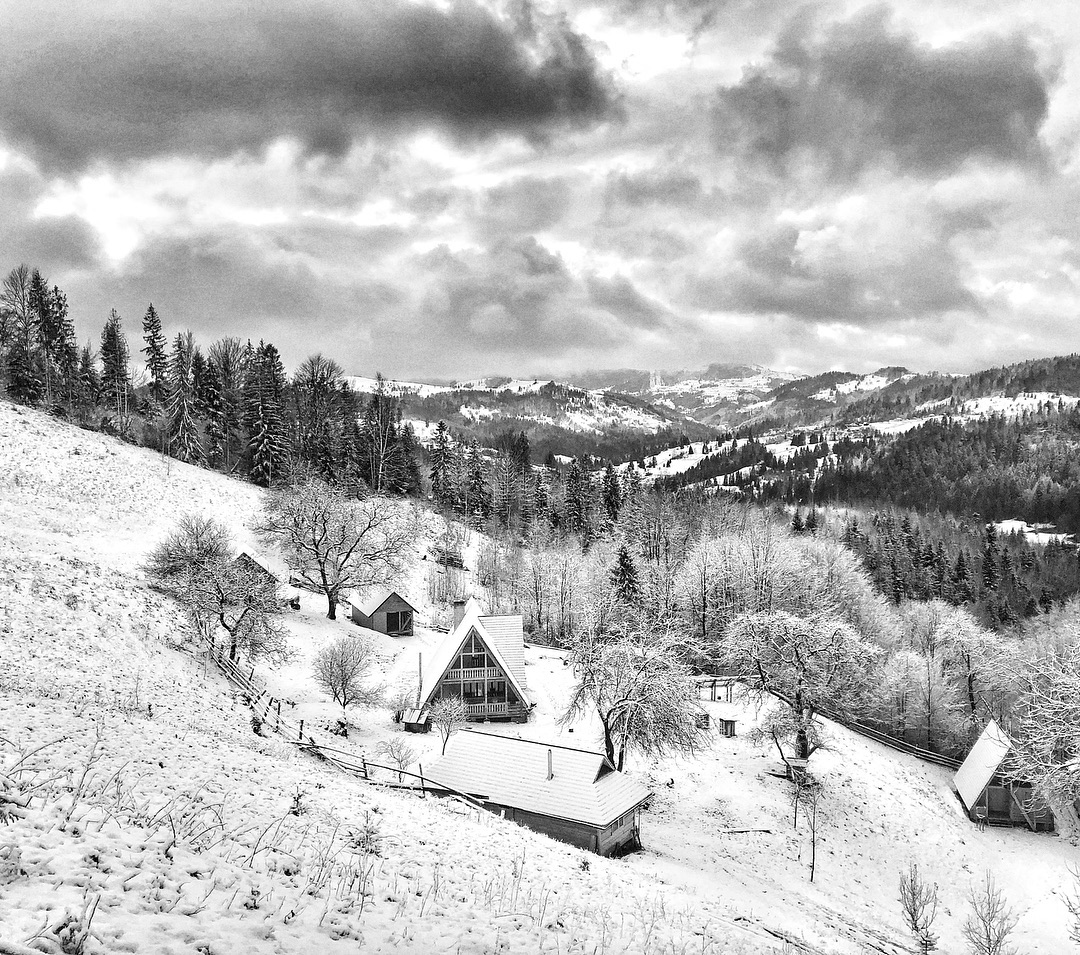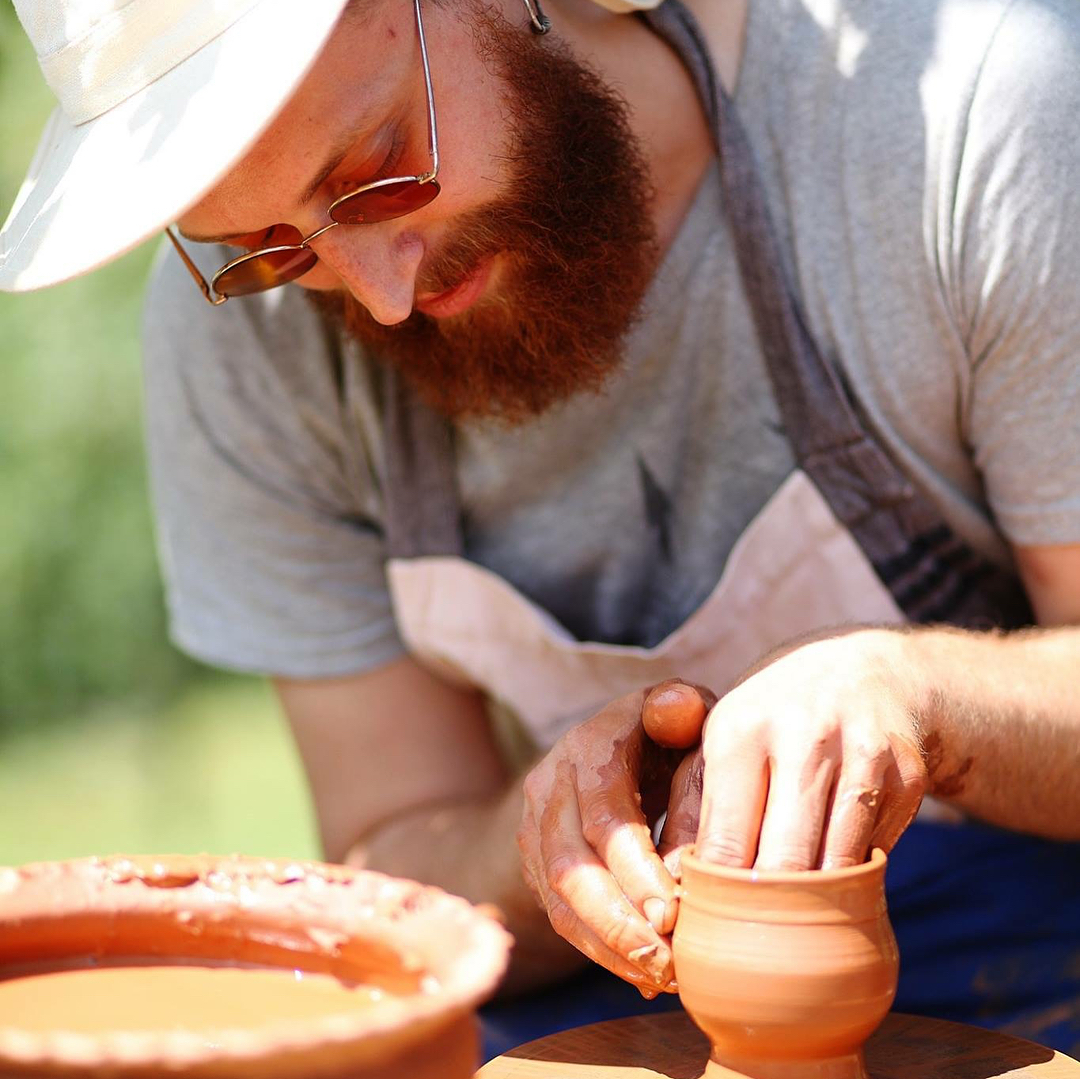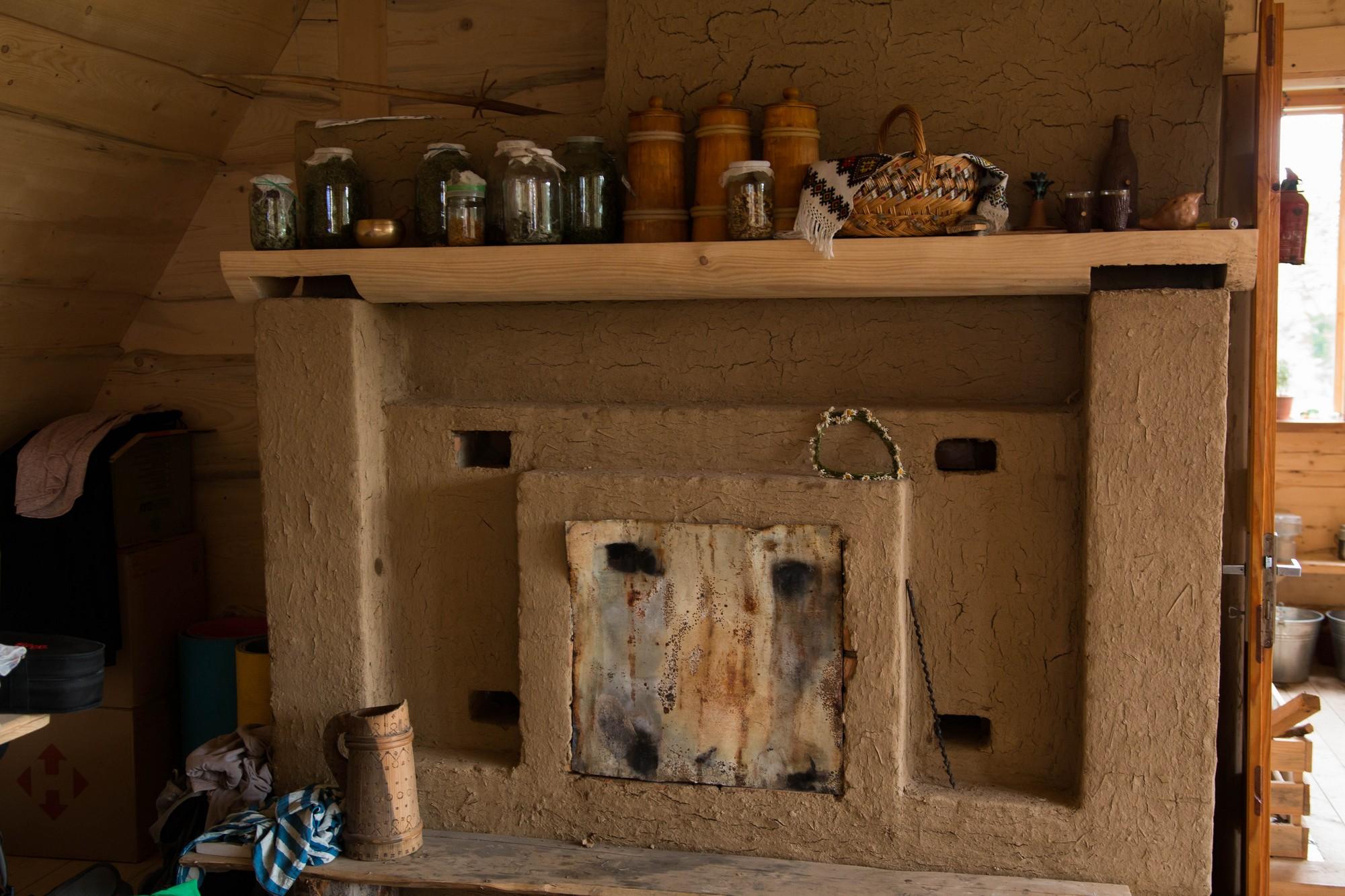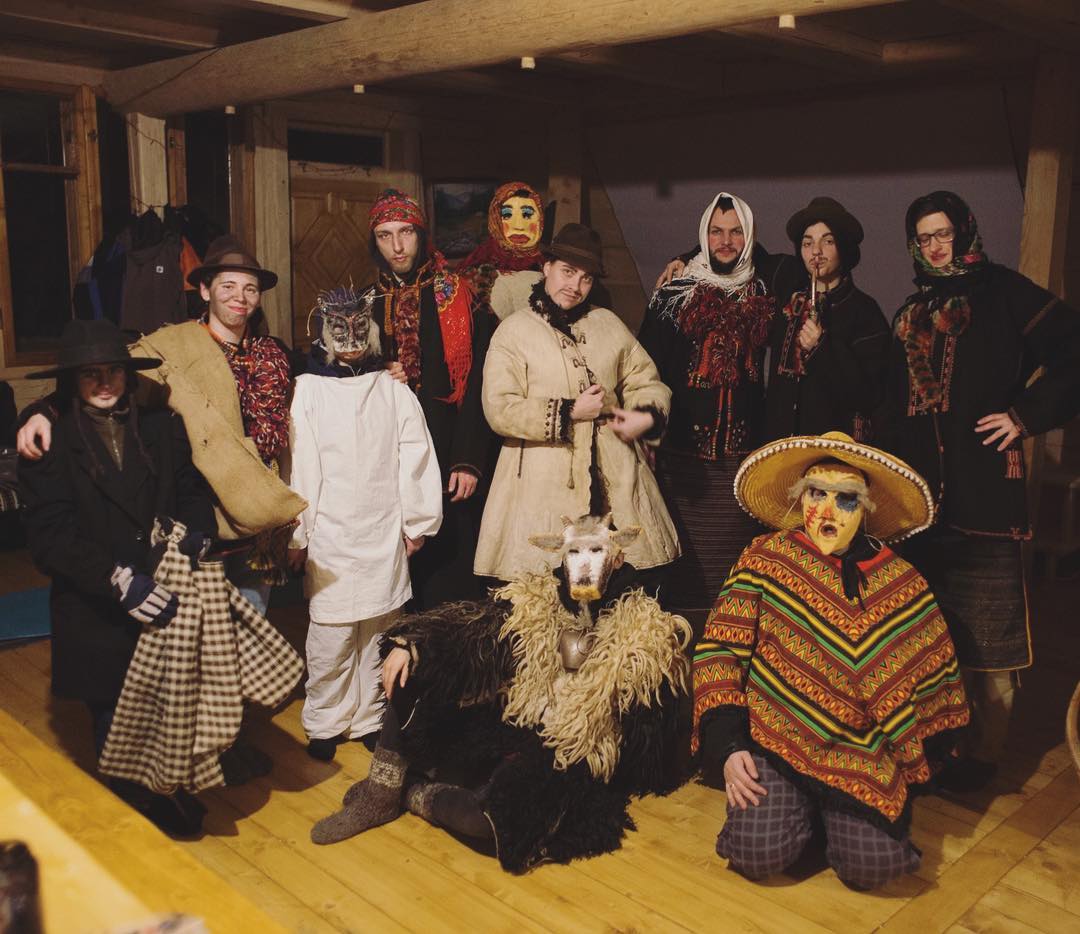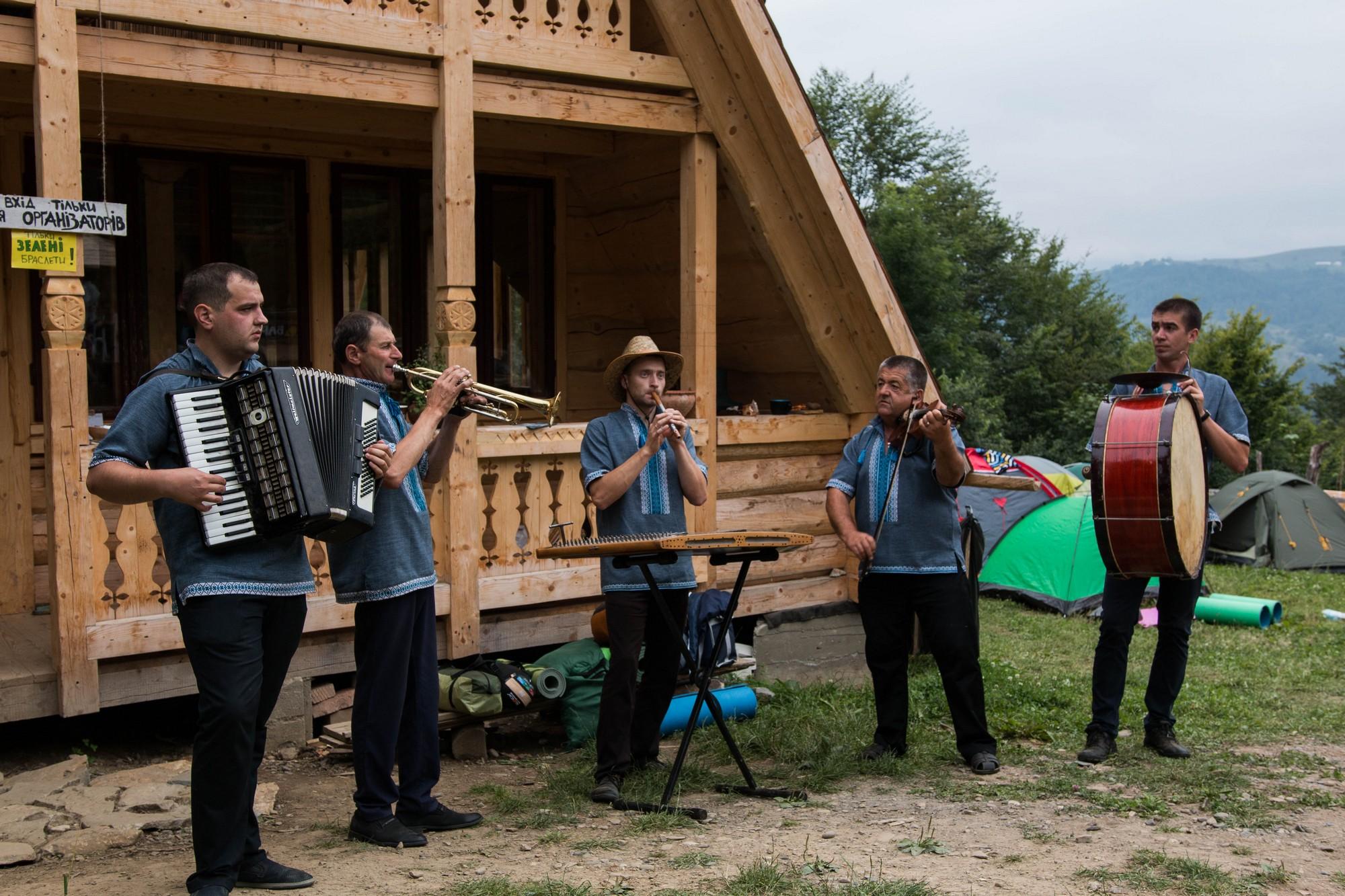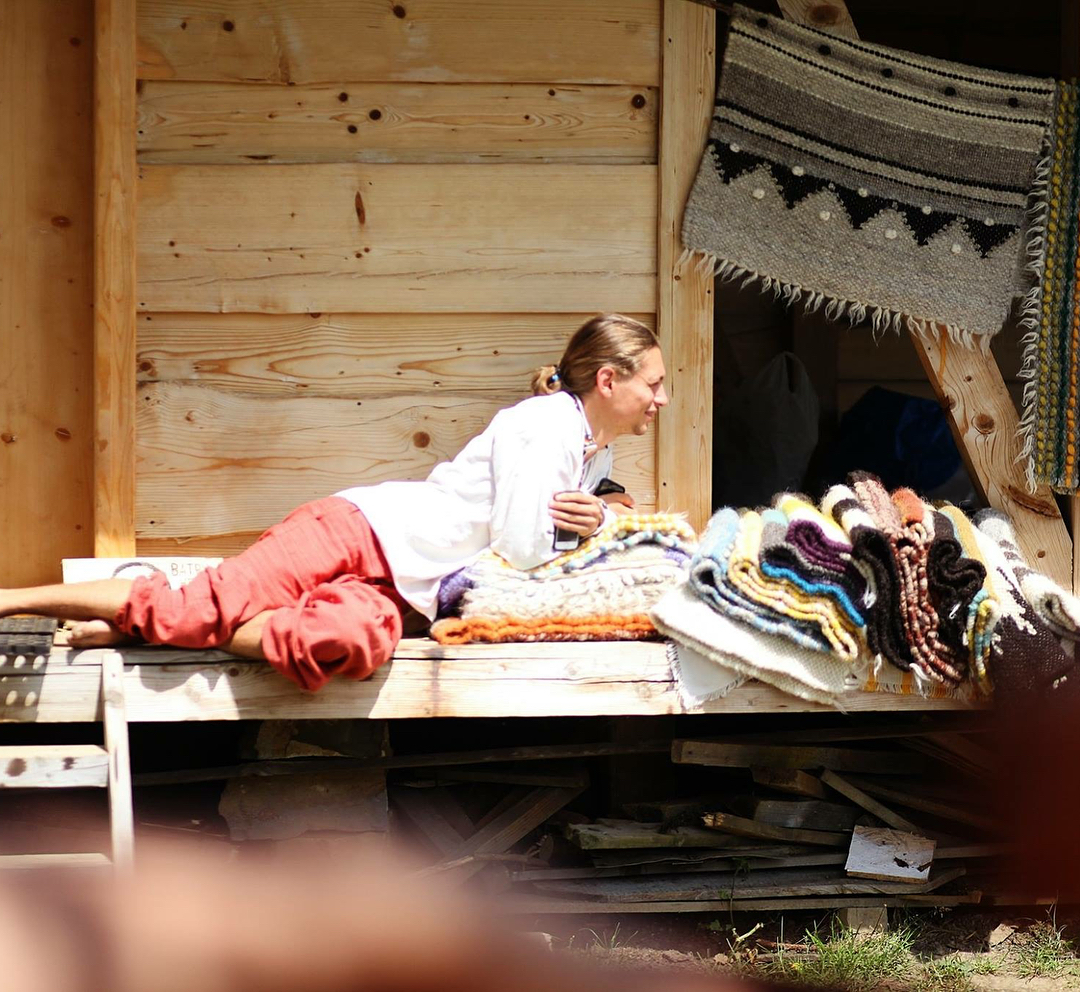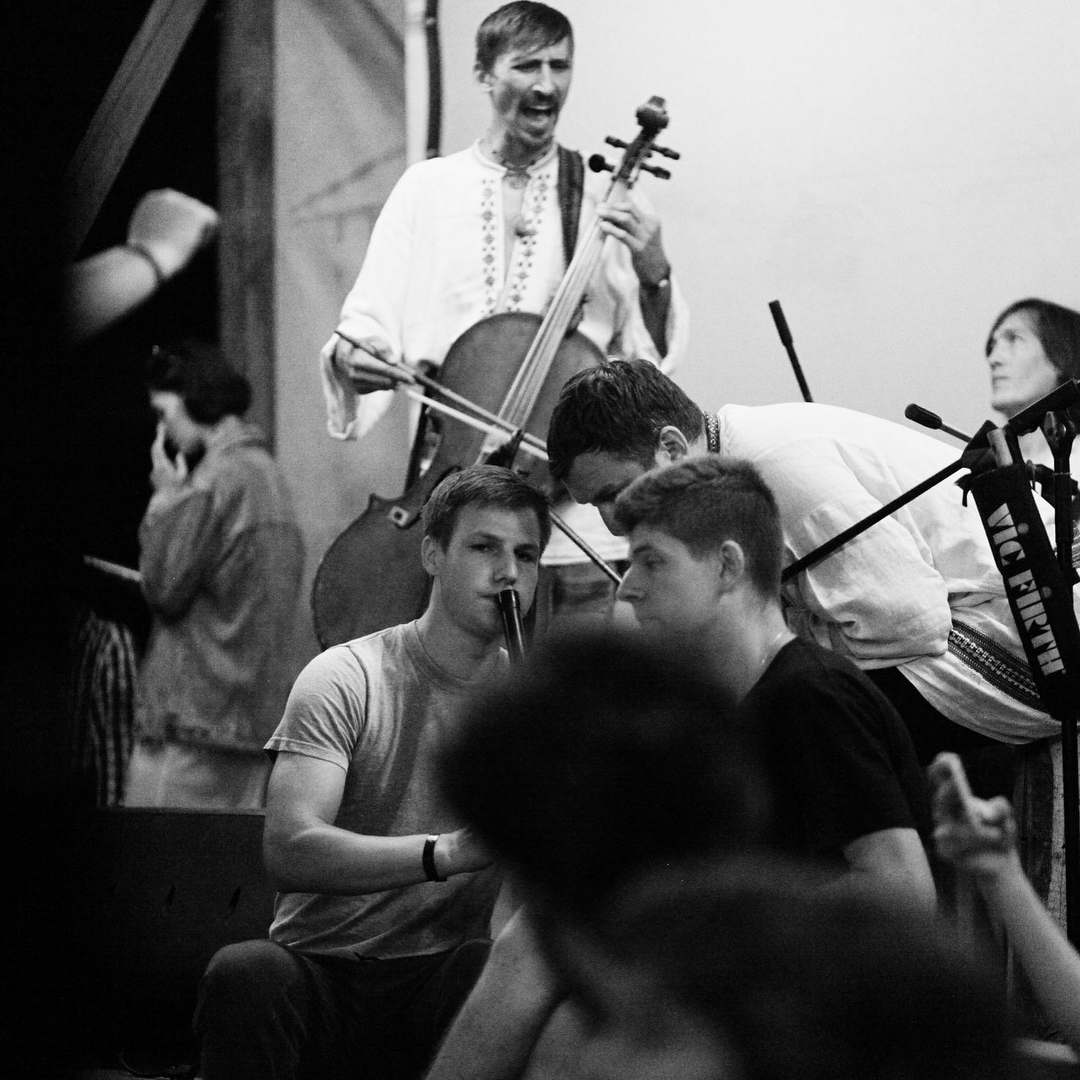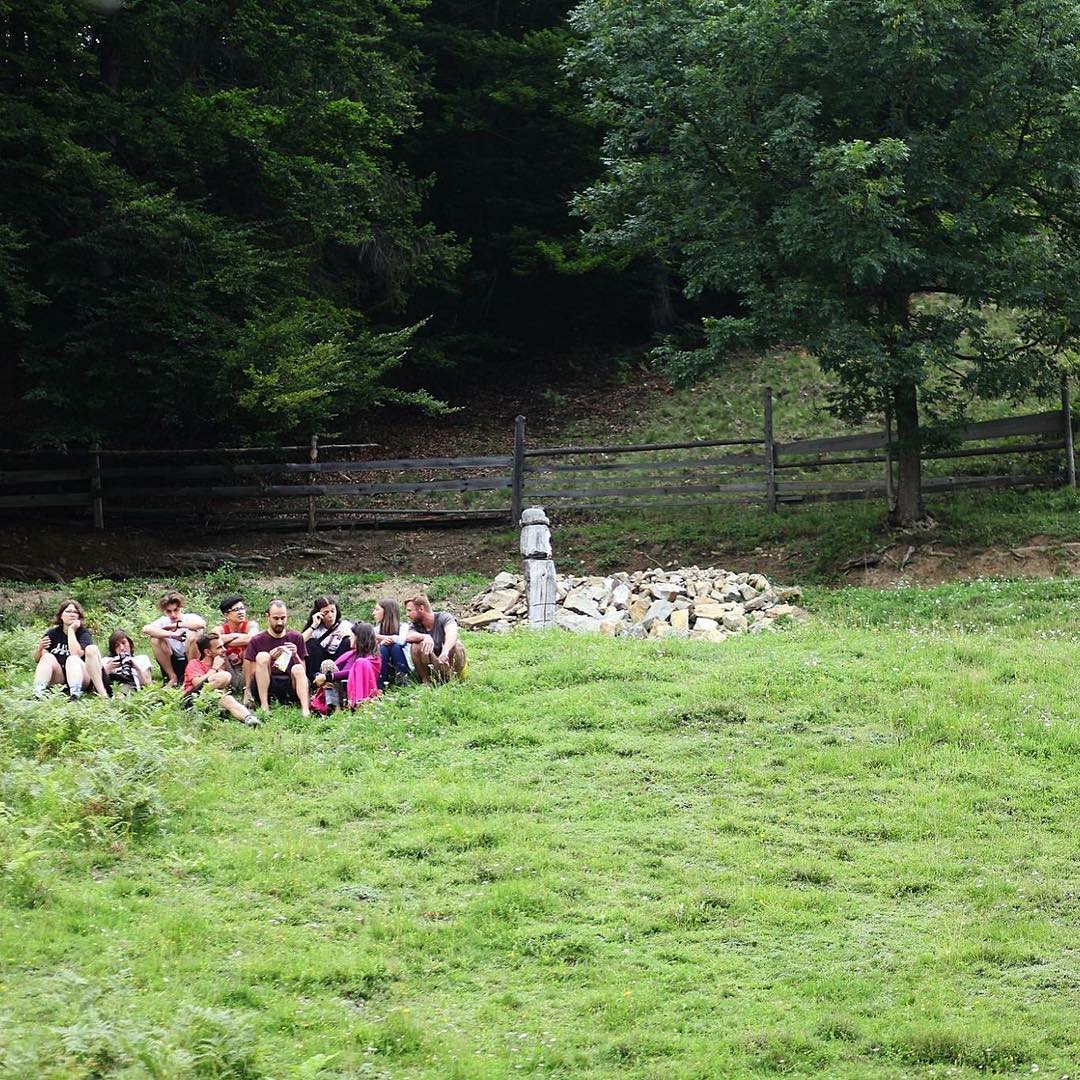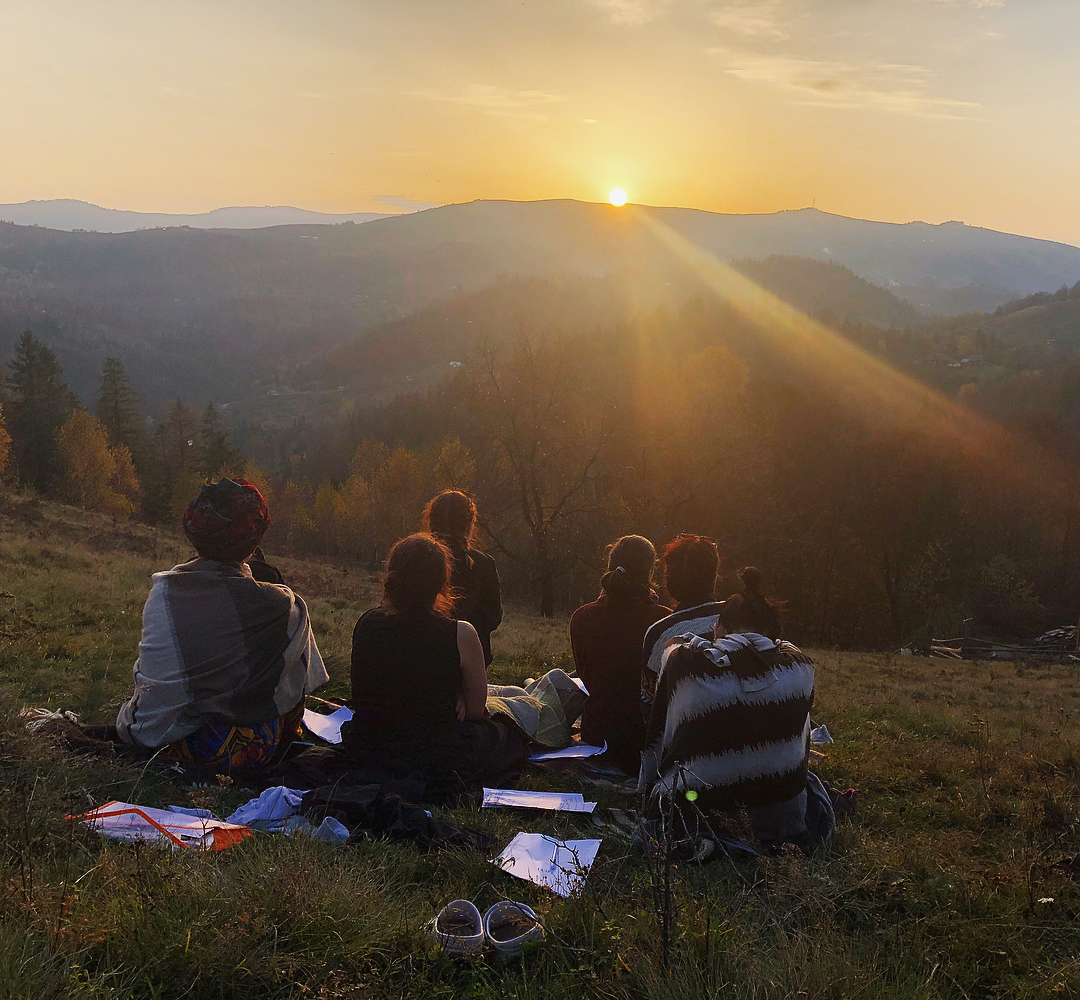Read also: Ukrainian mosaic: five unique ethnic groups
Situated in the village of Yavoriv, Ivano-Frankivsk Oblast, the location has been turned into a place of pilgrimage for hundreds of tourists. It can be incredibly eclectic with people taking selfies with sheep, cutting wood, weaving blankets or just idling as detached onlookers.
Oleh Lukaniuk, the founder of Khatchyna, inherited the plot of land from his grandfather, which explains the origin of the art residence’s name. Together with his friends, he decided to start the inspiring social project.
Ukrainer's short presentation of the Ukrainian Carpathians (with English subtitles).

“We wanted to create a space where everyone could live, work and create for some time,” says Daryna Furmanyuk, one of the co-founders of Didova Khatchyna.
Ukrainian traveler Alina Tupaylo, who was the resident of Didova Khatchyna, talked about her experience in Didova Khatchyna to Euromaidan Press,
“Once I was driving through Yavoriv and I saw some lizhnyks [traditional Hutsul hand-made blankets] that were peacefully hanging on the fences. I knew that Yavoriv was the capital of lizhnyk-making and carving so I thought it would be fantastic to stay here for a while. Unexpectedly, my dream turned real when I heard about Didova Khatchyna, called the owners and asked whether they receive tourists. The answer was: “We don’t have tourists here, we have guests.”
Ukrainer's video about Hutsul's lizhnyks (with English subtitles).
The key idea of this place is a deep feeling of unity with nature and people. There are no neighbors nearby as Khatchyna is located on a mountain top. It is a real utopia for people who create something: draw, carve or create hand-made objects. This is a place of power, mesmerizing and filled with the immaculate beauty of the mountains. They have sheep and pigs.
The founders made the location a place where people live together, so they overreact when they hear about tourism. Some people want service and comfort but this house is not a hotel, explains Alina Tupaylo.
The residents live together but their time of stay varies from a couple of days to half a year.
https://www.instagram.com/p/Bsad51zoh0X/
An array of solar panels provides the refugees from the megapolises trying to escape the urbanistic vanity with electricity. The residents share the same life, they are rather introverts searching for inner harmony. Various people come there and share their stories and skills.
“Once there were folklorists from Kyiv,” Alina Tupaylo shares her experience, “They were singing folk songs, danced, organized parties. I also met a woman who founded a blanket factory. We sometimes gathered with neighbors and craftsmen in the evening, sang kolomyikas [West-Ukrainian folk songs] and told legends.”
The place itself and the way of life are fabulous, and the landscapes are just breathtaking.
“Very soon you catch yourself having the feeling that you belong to this place. You are sitting on a hill next to the house and feel at home,” Alina recalls “Everything seems to be in its right place and you just fit harmoniously into this jigsaw. You cook local Hutsul dishes, read books, look at old photos of the house owners. There is an old stove in the kitchen so you can feel the breath of the past on your cheeks.”
Ms. Tupaylo highlights,
“The things I really like about Hutsuls is their economic self-sufficiency: you are living in a village where the street lanterns are solar-powered. You can just see how people weave lizhnyks and spin thread themselves: they can provide themselves with everything.”
Didova Khatchyna is also a communication platform between these craftsmen and the outer world: they can sell, popularize, and promote their goods.
“I am a completely urban person so many things about country life may amaze me,” says Alina, “Here you can just feel the real life, vibrant and wild, explore and touch it, plunge into another world, and it’s worth doing if you want to find your national roots and to feel your origin.”
Read also:
- Traditional Hutsul wedding in the Carpathians (photo report)
- Personal memoir: My family in the Polish-Ukrainian borderlands killing zone
- Forgotten Ukrainian ornaments brought back to life
- The Ukrainian wreath: interweaving beauty and tradition
- Ukrainian mosaic: five unique ethnic groups
- Michel and his Carpathian buffaloes
- Carpathian trembitas head East
- Secret ancestral codes: 12 main symbols in Ukrainian embroidery
- Ukrainian ethnic jewelry and ornaments
- Top five national symbols of Ukraine
- Just beauty: what Ukrainians looked like a 100 years ago (photos)




